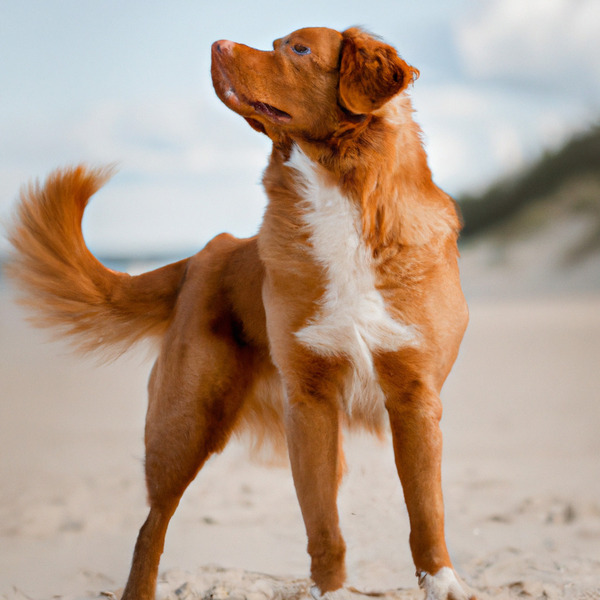Nova Scotia Duck Tolling Retriever vs. Italian Greyhound: Breed Differences and Similarities
Weight Gain Potential
Which breed eats more: Nova Scotia Duck Tolling Retriever or Italian Greyhound?
Nova Scotia Duck Tolling Retriever has high obesity risk, needs regular exercise and food control to maintain healthy weight.
Italian Greyhound has average obesity risk, needs balanced diet, daily walks, and weight monitoring.
Hypoallergenic
Are Nova Scotia Duck Tolling Retrievers or Italian Greyhounds hypoallergenic, or neither?
Unfortunately, the Nova Scotia Duck Tolling Retriever is not hypoallergenic, making it not a good choice for a dog lover who suffers from pet allergies.
While no dogs are truly 100% hypoallergenic, Italian Greyhounds are about as close as it gets, making them an ideal pet if you are an allergy sufferer.
Temperament
What are the personalities of Nova Scotia Duck Tolling Retriever and Italian Greyhound dogs?
Affectionate
Courageous
Gentle
Responsive
Alert
Energetic
Playful
Affectionate
Athletic
Intelligent
Agile
Companionable
Mischievous
Shedding Level
Do Nova Scotia Duck Tolling Retrievers shed more than Italian Greyhounds, or which breed sheds more, Nova Scotia Duck Tolling Retrievers or Italian Greyhounds?
Nova Scotia Duck Tolling Retrievers are moderate shedders, but regular brushing can reduce shedding and maintain coat health.
Italian Greyhounds shed very little hair, making them a great choice for those who dislike excess hair in the house.
Watchdog Ability
Which dog breed makes a better watchdog, the Nova Scotia Duck Tolling Retriever or Italian Greyhound?
The Nova Scotia Duck Tolling Retriever and Italian Greyhound dogs are average watchdogs. If they sense something different, these breeds will alert their owner.
Origin
What is the origin of Nova Scotia Duck Tolling Retriever and Italian Greyhound dog breeds?
Canada
Italy
Ancestry
What are the origins of Nova Scotia Duck Tolling Retriever and Italian Greyhound breeds?
Cocker Spaniels, farm Collies, Irish Setters
Sighthound
Date of Birth
When were Nova Scotia Duck Tolling Retriever and Italian Greyhound breeds first developed?
19th Century
Ancient Times
Breed Group
What is the Breed Group of Nova Scotia Duck Tolling Retriever and Italian Greyhound?
Sporting (AKC:2003)
Gun Dogs (UKC)
Toy (AKC:1886)
Companion Breeds (UKC)
Eye Color Possibilites
What are the eye colors of Nova Scotia Duck Tolling Retriever and Italian Greyhound dogs?
Hazel
Brown
Amber
Brown
Nose Color Possibilites
What are the natural nose colors of Nova Scotia Duck Tolling Retriever and Italian Greyhound?
Black
Brown
Black
Brown
Coat Color Possibilites
What are the natural colors of the coat for Nova Scotia Duck Tolling Retriever and Italian Greyhound breeds?
Red
Red
Gray
Black
Brindle
Sable
Pied
White
Blue
Fawn
Cream
Coat Length
What is the typical coat length for Nova Scotia Duck Tolling Retriever and Italian Greyhound breeds?
Nova Scotia Duck Tolling Retrievers have medium-length coats.
Italian Greyhounds have short coats.
Coat Density
What is the density of the coat of Nova Scotia Duck Tolling Retriever and Italian Greyhound?
Coat Texture
What is the hair texture of Nova Scotia Duck Tolling Retriever and Italian Greyhound?
Straight
Litter Size
What is the usual litter size for Nova Scotia Duck Tolling Retriever and Italian Greyhound?
A Nova Scotia Duck Tolling Retriever can have a litter of 12-14 puppies on average. However, it's worth noting that the size of the litters can vary greatly. Factors that can influence litter size include the health of the mother, breeding history, and genetics.
An Italian Greyhound can have a litter of 12-15 puppies on average. However, it's worth noting that the size of the litters can vary greatly. Factors that can influence litter size include the health of the mother, breeding history, and genetics.
Adaptability
Nova Scotia Duck Tolling Retriever and Italian Greyhounds are known for their adaptability and versatility. They are capable of adapting well to a wide range of lifestyle changes and living environments, making them great companions for families and individuals of all lifestyles.
Health Issues
Between Nova Scotia Duck Tolling Retriever and Italian Greyhound, which breed is more prone to health problems?
Nova Scotia Duck Tolling Retrievers typically have low vet costs due to their good health, but it's important to monitor their health and seek vet care when necessary.
While the Italian Greyhound breed is generally healthy, occasional vet check-ups are still necessary to address any health concerns.
Major Concerns
What are the major health concerns for Nova Scotia Duck Tolling Retriever and Italian Greyhound breeds?
Hip Dysplasia
Progressive Retinal Atrophy (PRA)
Periodontal Disease
Minor Concerns
What minor health issues should be kept in mind when owning Nova Scotia Duck Tolling Retriever and Italian Greyhound?
Collie Eye Anomaly (CEA)
Patellar Luxation
Progressive Retinal Atrophy
Epilepsy
Leg Fractures
Occasional Tests
What occasional tests are recommended for Nova Scotia Duck Tolling Retriever and Italian Greyhound breeds?
OFA
CERF
Hearing Tests
Eye
Knee
Skeletal
X-Rays
MRI
Eye Examination
Energy
How do the energy levels of Nova Scotia Duck Tolling Retrievers and Italian Greyhounds compare?
Nova Scotia Duck Tolling Retrievers thrive on an active lifestyle due to their high-energy nature.
Italian Greyhounds' high energy levels make them unsuitable for a low-key dog, choose accordingly.
Social Needs
Nova Scotia Duck Tolling Retriever vs Italian Greyhound social needs comparison
Nova Scotia Duck Tolling Retriever has above average social needs and thrives with interaction with humans and other dogs.
Italian Greyhound has average social needs and is less independent than other breeds.
Exercise Needed
Nova Scotia Duck Tolling Retriever vs Italian Greyhound exercise need comparison.
Nova Scotia Duck Tolling Retrievers require significant physical activity and suit those with an active lifestyle.
Italian Greyhounds need moderate physical activity and are great for families and active individuals.
Sleeping Need
Which of the two sleeps the most/least: Nova Scotia Duck Tolling Retriever or Italian Greyhound?
Nova Scotia Duck Tolling Retrievers are active and require sufficient sleep to stay healthy.
Italian Greyhounds sleep less than other breeds but still need adequate sleep for good health.
Drooling Tendency
Which drools more/less, Nova Scotia Duck Tolling Retriever or Italian Greyhound?
The Nova Scotia Duck Tolling Retriever and Italian Greyhound breeds are known for their low drooling tendencies, making them a suitable choice for people who don't want to deal with drool marks on their clothing.
Tendency to Bark
Do Nova Scotia Duck Tolling Retrievers or Italian Greyhounds bark more/less frequently?
Nova Scotia Duck Tolling Retriever and Italian Greyhounds tend to bark moderately, they bark when necessary, such as to alert their owner or to communicate something. They may also bark due to certain triggers like fear, alarm, boredom, greeting, separation anxiety and compulsive barking.
Territorial
Is the Nova Scotia Duck Tolling Retriever or Italian Greyhound a better guard dog?
While Nova Scotia Duck Tolling Retriever dogs can defend their territory or owners, it's not their primary trait, and they are not ideal guard dogs.
Italian Greyhound dogs have a strong protective nature and territorial instinct. They are highly vigilant and will fiercely defend their home and family.
Mouthiness
Mouthiness Comparison: Nova Scotia Duck Tolling Retriever vs Italian Greyhound?
Roaming urge
Nova Scotia Duck Tolling Retriever vs Labrador: Running away tendency?
Prey Drive
Nova Scotia Duck Tolling Retriever or Italian Greyhound - which breed has a higher level of prey drive?
Past times
What are some enjoyable activities and ways to keep Nova Scotia Duck Tolling Retriever and Italian Greyhound entertained?
Fetch, Bike ride, Dog Parks, Walk, Run
Cuddling, Dog Parks, Snuggling, Walk, Run, Frisbee, Fetch, Nose work, Eating Snacks, Running, Racing, Nervous, Going on drives, Growling, Biting
Activity Level
Which breed has higher energy, Nova Scotia Duck Tolling Retrievers or Italian Greyhounds?
Nova Scotia Duck Tolling Retrievers are high-energy dogs. They need mental as well as physical exercise. These dogs require a lot of your involvement and without it they can, and will, become problematic dogs.
Italian Greyhounds are medium-energy dogs and typically enjoy socializing and playing casual or even sustained games of chase with other dogs. They may also have occasional periods of barking or racing around the house.
Tolerance of being left alone
Walks per Week
How many miles should Nova Scotia Duck Tolling Retriever or Italian Greyhound walk each week?
There's really no limit to how far you walk your dog as long as they're comfortable. For Nova Scotia Duck Tolling Retriever, it's at least 10 miles / week. Just remember to build distance and stamina gradually over time.
There's really no limit to how far you walk your dog as long as they're comfortable. For Italian Greyhound, it's at least 6 miles / week. Just remember to build distance and stamina gradually over time.
Activity per Day
Do Nova Scotia Duck Tolling Retrievers or Italian Greyhounds require more exercise?
Both Nova Scotia Duck Tolling Retriever and Italian Greyhound typically require a minimum of 60 minutes of exercise each day. The exercise can be spread throughout the day and may involve high-energy activities like walking, running, and playing.
Grooming
Which breed is easier to maintain in terms of grooming, Nova Scotia Duck Tolling Retrievers or Italian Greyhounds?
The Nova Scotia Duck Tolling Retriever has low grooming needs and is easy to maintain.
The Italian Greyhound is a low-maintenance breed that doesn't require much grooming.
Brushing Frequency
What is the recommended brushing frequency for Nova Scotia Duck Tolling Retriever and Italian Greyhound dogs?
Nova Scotia Duck Tolling Retriever and Italian Greyhound should be brushed at least once a week. Of course, you can give them more frequent brushes if you find that they are still shedding a lot.
Brushing Tools
What brushing tools are used for Nova Scotia Duck Tolling Retrievers and Italian Greyhounds?
Pin Brush
Dematter
Comb
Nail Clipper
Slicker Brush
Nail Clipper
Cups
How much food should be given to Nova Scotia Duck Tolling Retriever or Italian Greyhound in cups?
For an average 44-51 pound (20 - 23 kg) Nova Scotia Duck Tolling Retriever feed 2.3 cups daily. But, keep in mind, the amount you feed is going to be dependent on the quality of the food you are feeding.
For an average 7-14 pound (3 - 6 kg) Italian Greyhound feed 1.3 cups daily. But, keep in mind, the amount you feed is going to be dependent on the quality of the food you are feeding.
Daily Cost
Which breed has a higher daily cost, Nova Scotia Duck Tolling Retriever or Italian Greyhound?
The average cost of a Nova Scotia Duck Tolling Retriever is somewhere $1.70 - $2.00 per day.
The average cost of an Italian Greyhound is somewhere $1.40 - $1.70 per day.
Monthly Cost
Which breed has a higher monthly cost, Nova Scotia Duck Tolling Retriever or Italian Greyhound?
The average per month expenses of a Nova Scotia Duck Tolling Retriever is between $48 - $63. This makes an average of $576 - $756 per year. It will be on the higher side when the dog is still small because it will need more frequent visits to the vet, shots.
The average per month expenses of an Italian Greyhound is between $42 - $53. This makes an average of $504 - $636 per year. It will be on the higher side when the dog is still small because it will need more frequent visits to the vet, shots.
Intelligence
Comparing Intelligence: Nova Scotia Duck Tolling Retrievers vs Italian Greyhounds
Nova Scotia Duck Tolling Retriever and Italian Greyhound have below-average obedience intelligence compared to other breeds. However, calling them "dumb dogs" is unjust. While Nova Scotia Duck Tolling Retriever and Italian Greyhound lack obedience and working intelligence, they compensate for it with their remarkable ability to comprehend human emotions.
Sensitivity Level
How do Nova Scotia Duck Tolling Retriever and Italian Greyhound compare in sensitivity?
Nova Scotia Duck Tolling Retrievers have average emotions and adapt well to different situations.
This breed is sensitive to its environment and best suited for patient and understanding families with a consistent routine.
Affection Dependance
Which is the more affectionate dog breed: Nova Scotia Duck Tolling Retriever vs Italian Greyhound?
Apartment Friendly
Which breed is more apartment-friendly: Nova Scotia Duck Tolling Retriever or Italian Greyhound?
Nova Scotia Duck Tolling Retrievers and Italian Greyhounds are dogs that do well in apartments with sufficient exercise, but they would really appreciate a small yard.
Child Friendly
Do Nova Scotia Duck Tolling Retrievers or Italian Greyhounds have a friendlier temperament towards children?
Nova Scotia Duck Tolling Retrievers make excellent family pets for kids due to their gentle, protective nature and calm temperament.
Italian Greyhounds are not suitable for children.
Senior-friendly
Which dog is more suitable as a pet for the elderly - Nova Scotia Duck Tolling Retriever or Italian Greyhound?
Cat Friendly
Do Nova Scotia Duck Tolling Retriever or Italian Greyhound breeds have a better compatibility with cats?
Nova Scotia Duck Tolling Retrievers and Italian Greyhounds are an average cat friendly dog. They do well with cats, even more if raised together from puppyhood.
Dog Friendly
Which breed is more sociable with other dogs: Nova Scotia Duck Tolling Retriever or Italian Greyhound?
Nova Scotia Duck Tolling Retrievers are generally very friendly towards other dogs, with a happy and affectionate temperament.
Italian Greyhounds are average in their friendliness towards other dogs, and socialization can help.
Pet friendly
How do Nova Scotia Duck Tolling Retriever or Italian Greyhound dogs interact with other pets?
Stranger Friendly
Which breed is more friendly with strangers: Nova Scotia Duck Tolling Retriever or Italian Greyhound?
Nova Scotia Duck Tolling Retrievers are quick to announce strangers and can be standoffish or suspicious.
Italian Greyhounds are averagely friendly around strangers but benefit from early socialisation.
Playfulness
Which breed is more playful between Nova Scotia Duck Tolling Retriever and Italian Greyhound?
Nova Scotia Duck Tolling Retrievers are very playful, so adopting an older one might be a better option for a more relaxed experience.
Italian Greyhounds have an average level of playfulness, enjoying playtime like most dogs but not excessively so.
Trainability
How do the trainability levels of Nova Scotia Duck Tolling Retrievers and Italian Greyhounds compare?
Nova Scotia Duck Tolling Retrievers are popular for their ease of training and quick learning ability.
Italian Greyhounds are usually easy to train but require consistency to fully obey commands.
Compare Nova Scotia Duck Tolling Retriever with other breeds
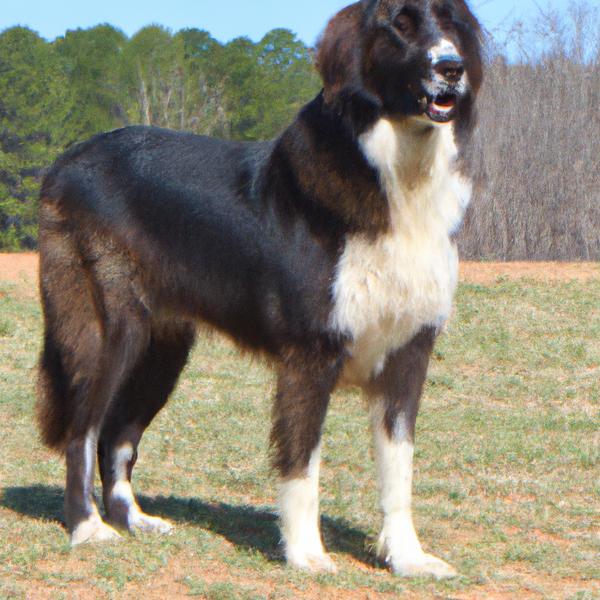
Mastapeake
Nova Scotia Duck Tolling Retriever vs Mastapeake
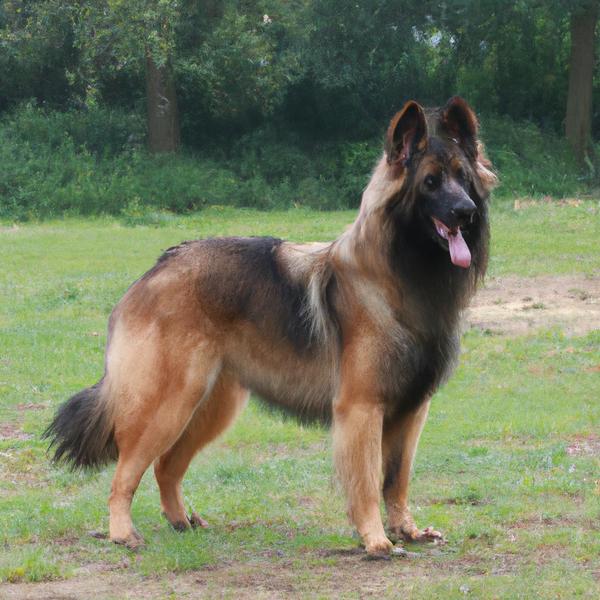
Belgian Tervuren
Nova Scotia Duck Tolling Retriever vs Belgian Tervuren
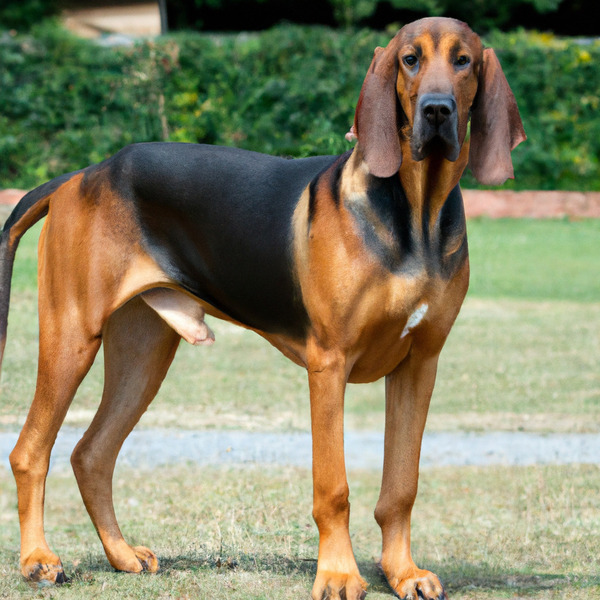
Hanover Hound
Nova Scotia Duck Tolling Retriever vs Hanover Hound
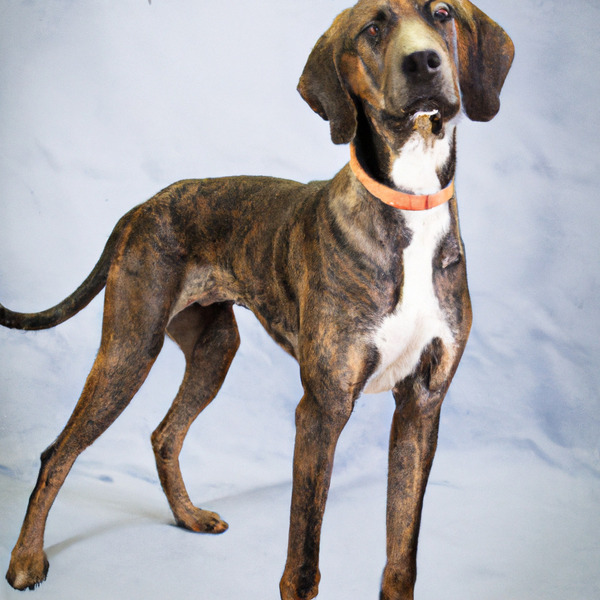
Plott Hound
Nova Scotia Duck Tolling Retriever vs Plott Hound
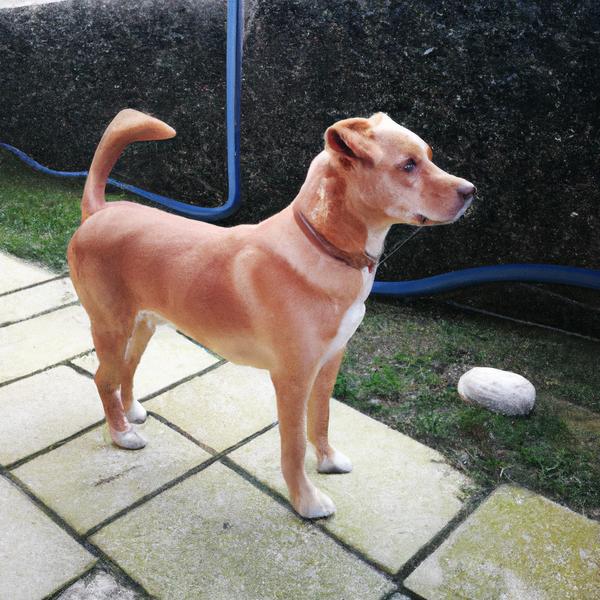
Cursset
Nova Scotia Duck Tolling Retriever vs Cursset
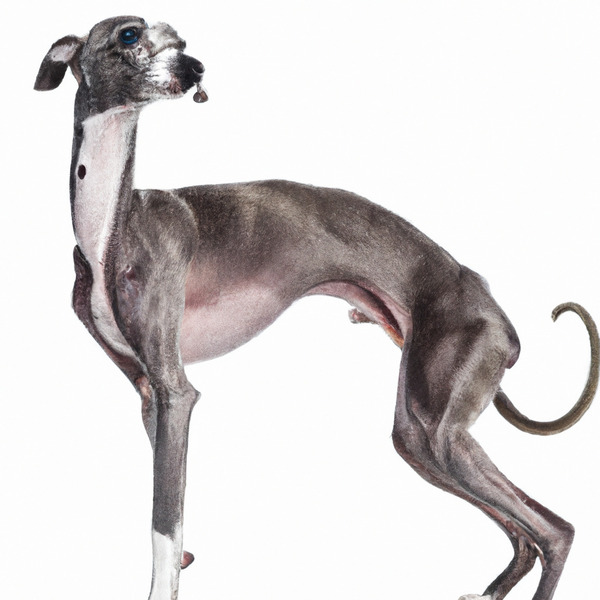
Italian Greyhound
Nova Scotia Duck Tolling Retriever vs Italian Greyhound
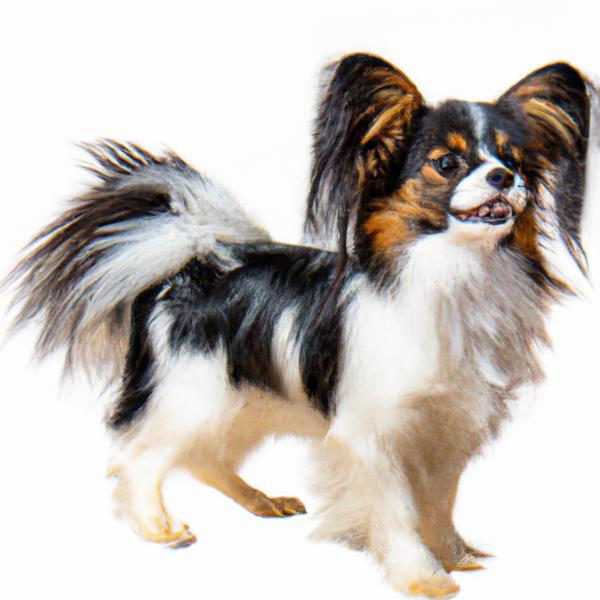
Miniature Ausseippet
Nova Scotia Duck Tolling Retriever vs Miniature Ausseippet

Yorkshire Terrier
Nova Scotia Duck Tolling Retriever vs Yorkshire Terrier
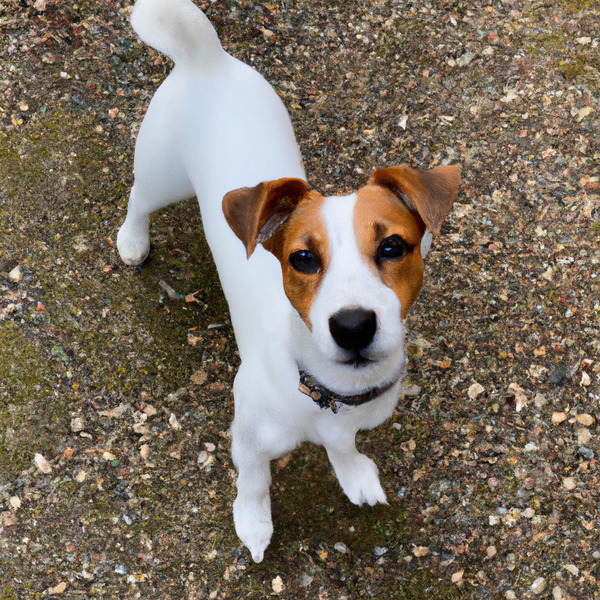
Jack Russell Terrier
Nova Scotia Duck Tolling Retriever vs Jack Russell Terrier

Schnorgi
Nova Scotia Duck Tolling Retriever vs Schnorgi

Engatzu Spaniel
Nova Scotia Duck Tolling Retriever vs Engatzu Spaniel
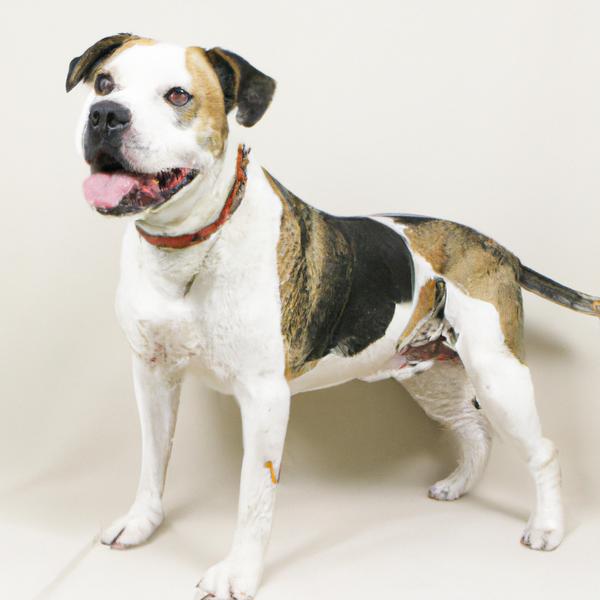
Cane Corxer
Nova Scotia Duck Tolling Retriever vs Cane Corxer
